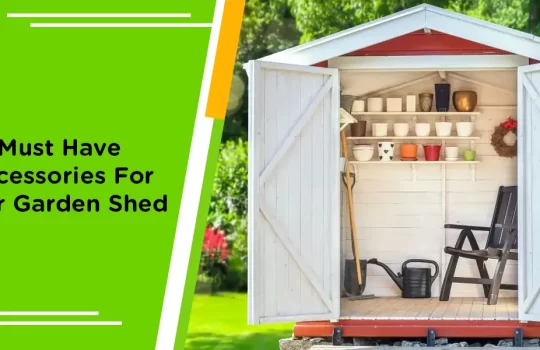Welcome to the world of pepper gardening, where flavour and flair meet convenience and versatility. In this comprehensive guide, we’ll embark on an exciting journey to uncover the secrets of cultivating vibrant pepper plants in pots, bringing the heat and zest of Australia’s diverse cuisine right to your doorstep.
Selecting the Right Container
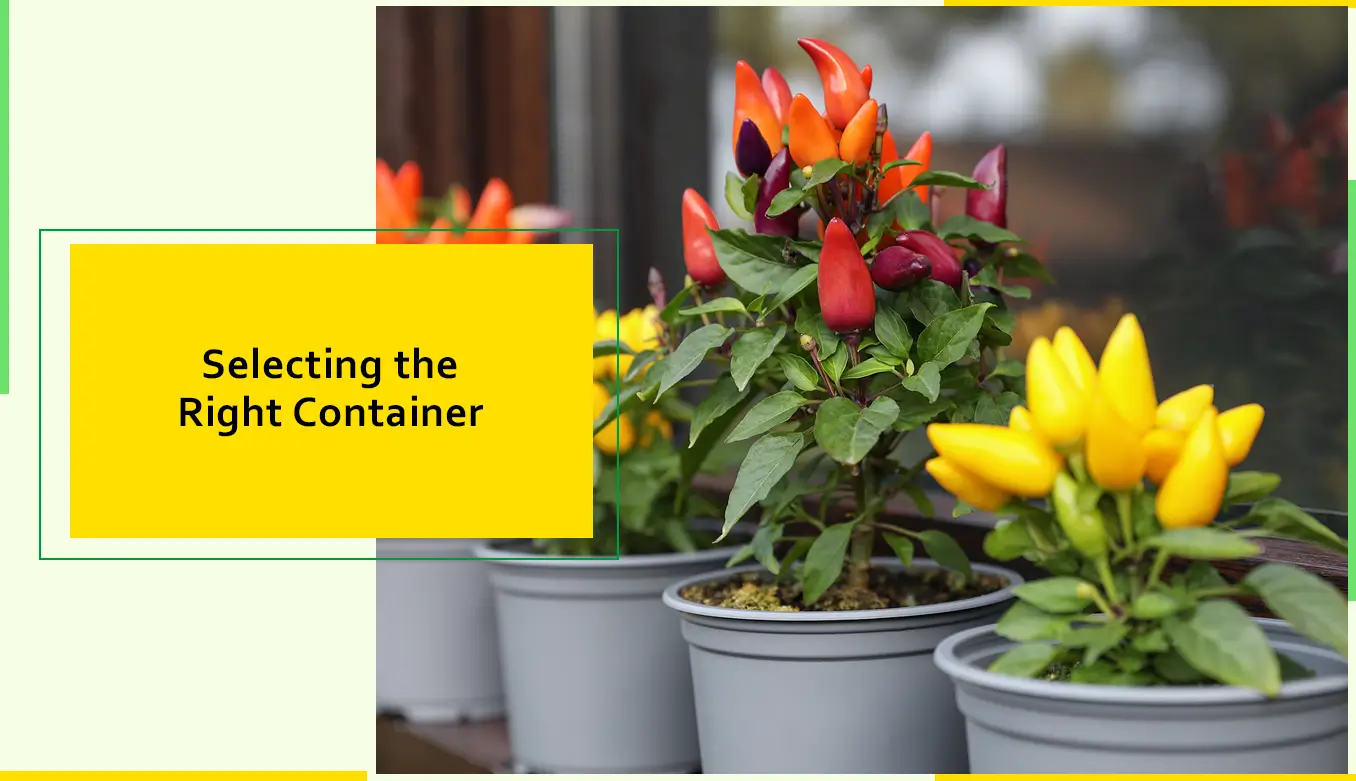
When it comes to housing your pepper plants, size matters more than you might think. Opt for containers that offer ample space for root development, typically around 5 gallons or larger. Consider materials like terracotta, plastic, or fabric pots, ensuring they have adequate drainage holes to prevent waterlogged soil and promote healthy root growth.
Choosing the Ideal Pepper Varieties
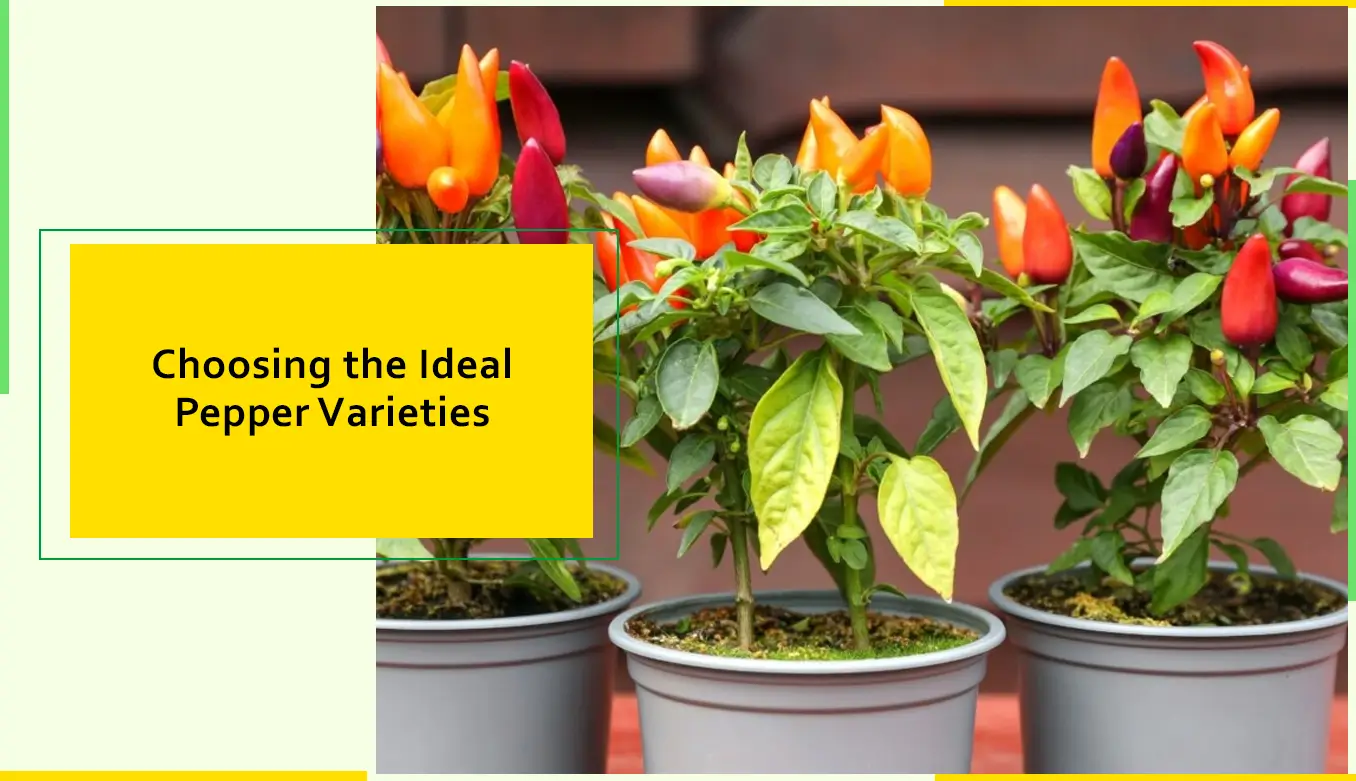
From mild to fiery, the pepper world offers a diverse array of flavors to suit every palate and culinary preference. Select varieties like Grow Bell Peppers in Pots, jalapeños, habaneros, or Thai chilies based on your space, climate, and taste preferences. For beginners, resilient options like cayenne or Anaheim peppers are a great starting point, offering ease of cultivation and prolific yields.
Soil Preparation

The foundation of any successful pepper garden lies in its soil. Crafting a well-draining potting mix is essential for providing the right balance of moisture retention and aeration. Start with a base of high-quality potting soil and add amendments such as perlite, vermiculite, or coconut coir to improve drainage. Enhance soil fertility by incorporating organic matter such as compost, aged manure, or worm castings to provide essential nutrients for robust plant growth.
Planting Peppers

Timing and technique are key when transplanting pepper seedlings into pots. Aim to plant after the last frost date in your area, ensuring soil temperatures have warmed sufficiently for optimal growth. Space plants about 18 inches apart to allow for adequate airflow and sunlight penetration, reducing the risk of fungal diseases. When transplanting seedlings, handle them carefully to minimize root disturbance and transplant shock, ensuring the root ball remains intact.
Watering and Maintenance
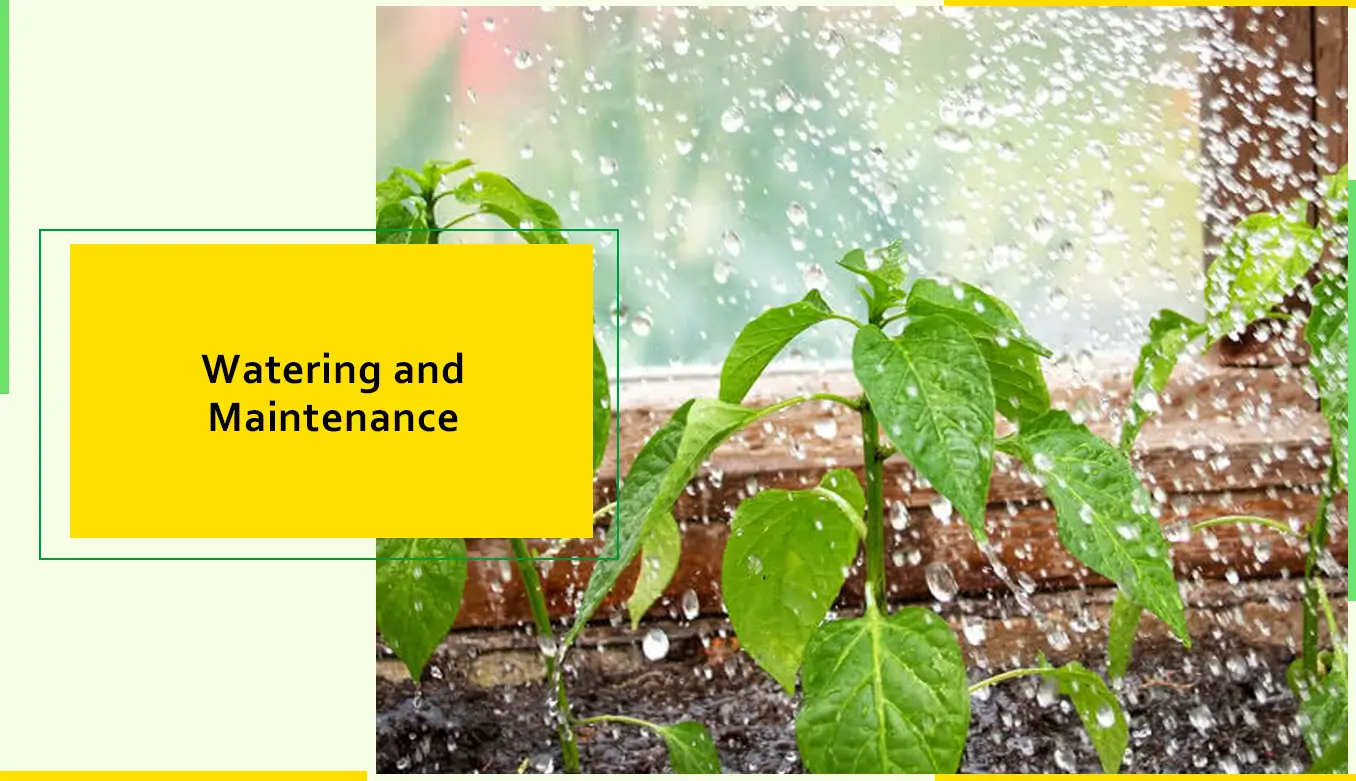
Achieving the right balance of hydration is crucial for pepper plants grown in pots. Water consistently, keeping the soil evenly moist but not waterlogged. Monitor soil moisture levels regularly, especially during hot, dry weather, adjusting watering frequency as needed. Beware of signs of overwatering, such as wilting leaves or yellowing foliage, and underwatering, indicated by dry, crispy leaves or drooping stems. Mulching around the base of plants can help retain soil moisture and suppress weeds, reducing the need for frequent watering and maintenance.
Providing Adequate Sunlight
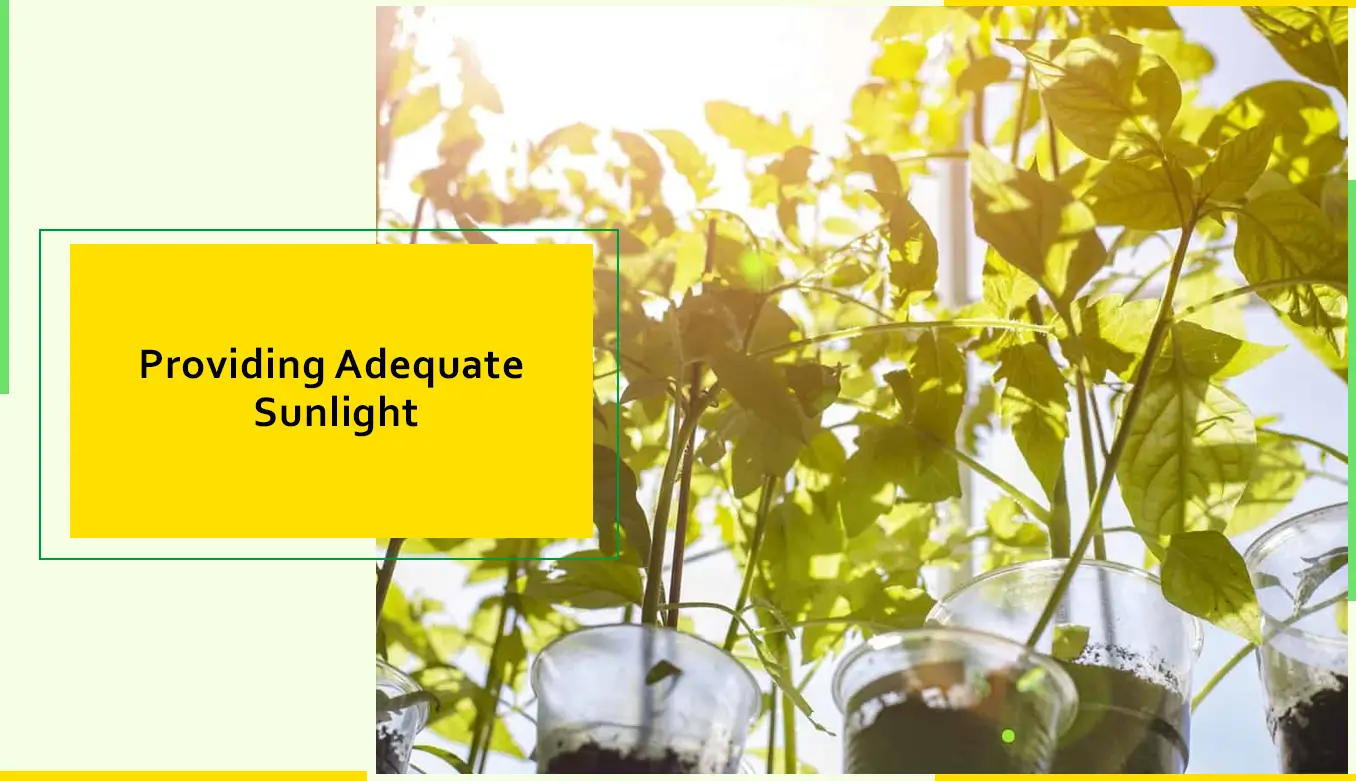
Pepper plants are sun worshipers, requiring plenty of sunlight to thrive and produce bountiful harvests. Position your pots in a sunny spot with at least 6-8 hours of direct sunlight daily, such as a south-facing patio or balcony. If growing indoors, place pots near a sunny window or supplement natural light with artificial grow lights to ensure plants receive adequate light for healthy growth and fruit development.
Fertilizing Pepper Plants
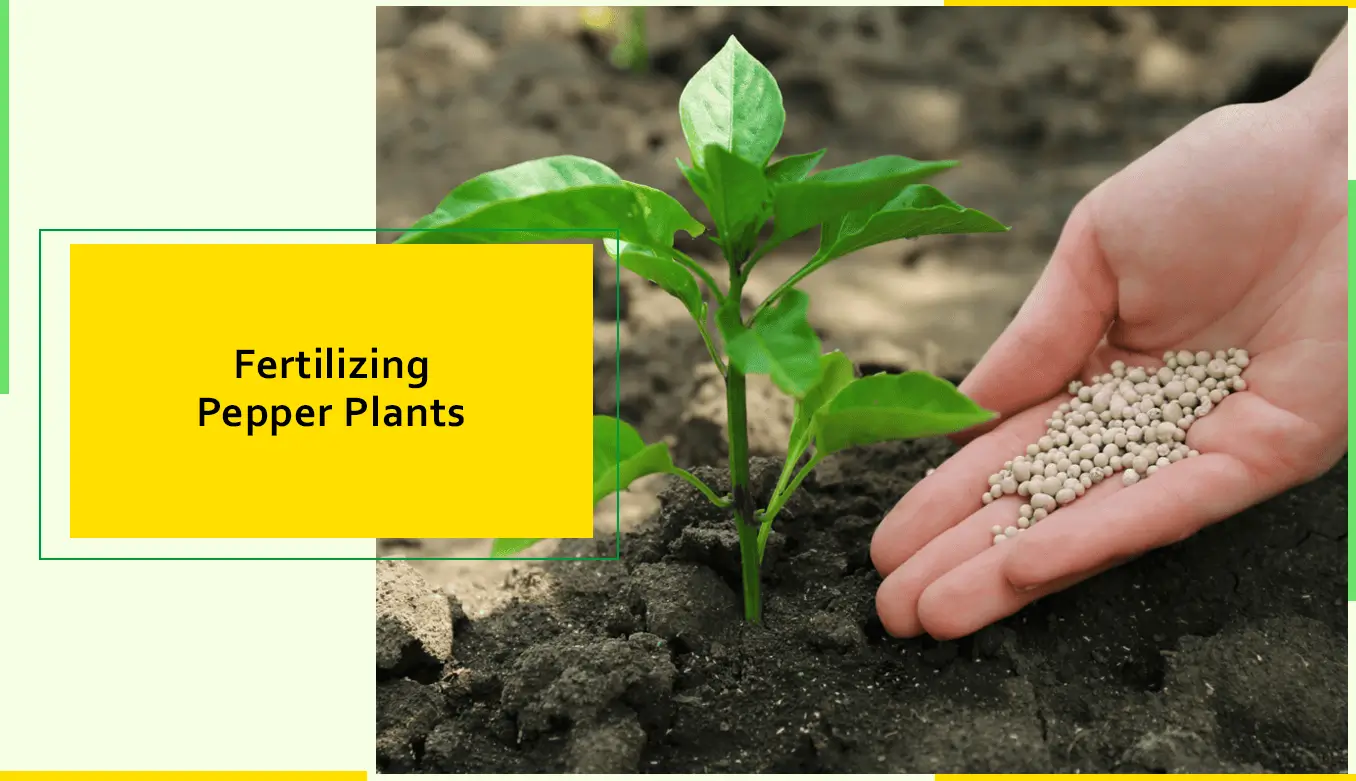
Fuel your pepper plants with the nutrients they need to reach their full potential. Choose a balanced fertilizer formulated specifically for vegetables or peppers, with equal parts nitrogen (N), phosphorus (P), and potassium (K), to promote strong root development, lush foliage, and abundant fruit production. Apply fertilizer according to package instructions, typically every 4-6 weeks during the growing season, and water thoroughly after application to distribute nutrients evenly throughout the soil. Alternatively, opt for organic fertilizers such as compost, fish emulsion, or seaweed extract to provide a slow-release source of nutrients and improve soil fertility naturally.
Managing Pests and Diseases
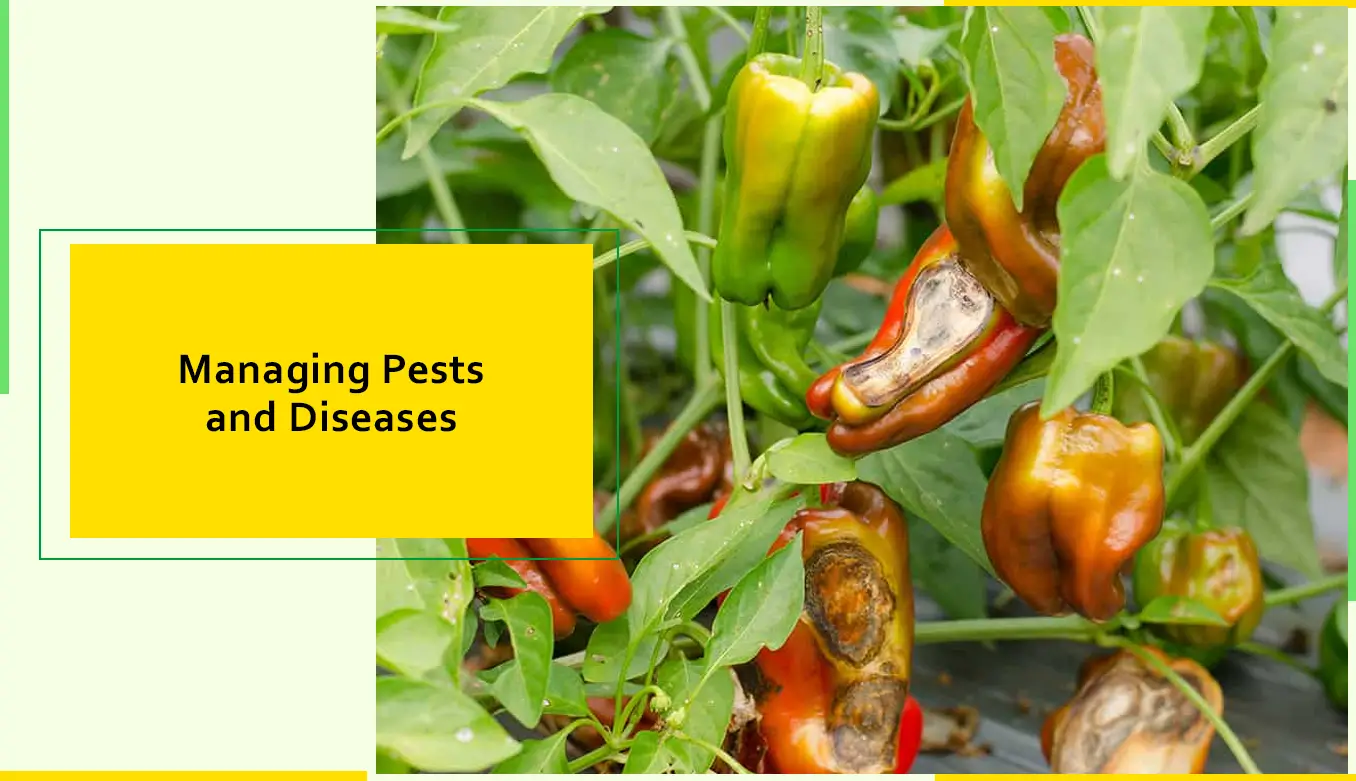
Protect your pepper plants from common pests and diseases that can wreak havoc on your harvest. Keep a watchful eye out for aphids, spider mites, whiteflies, and caterpillars, which can feed on foliage and transmit viral diseases. Inspect plants regularly for signs of pest infestations or disease symptoms, such as distorted leaves, yellowing foliage, or stunted growth, and take prompt action to mitigate damage. Implement integrated pest management (IPM) strategies, such as handpicking pests, applying insecticidal soap or neem oil, or introducing beneficial insects like ladybugs or lacewings, to control pest populations naturally and minimize the need for chemical pesticides. Practice good garden hygiene by removing debris, weeds, and diseased plants promptly to reduce the risk of pest and disease outbreaks and promote overall plant health and vigor.
Supporting Pepper Plants
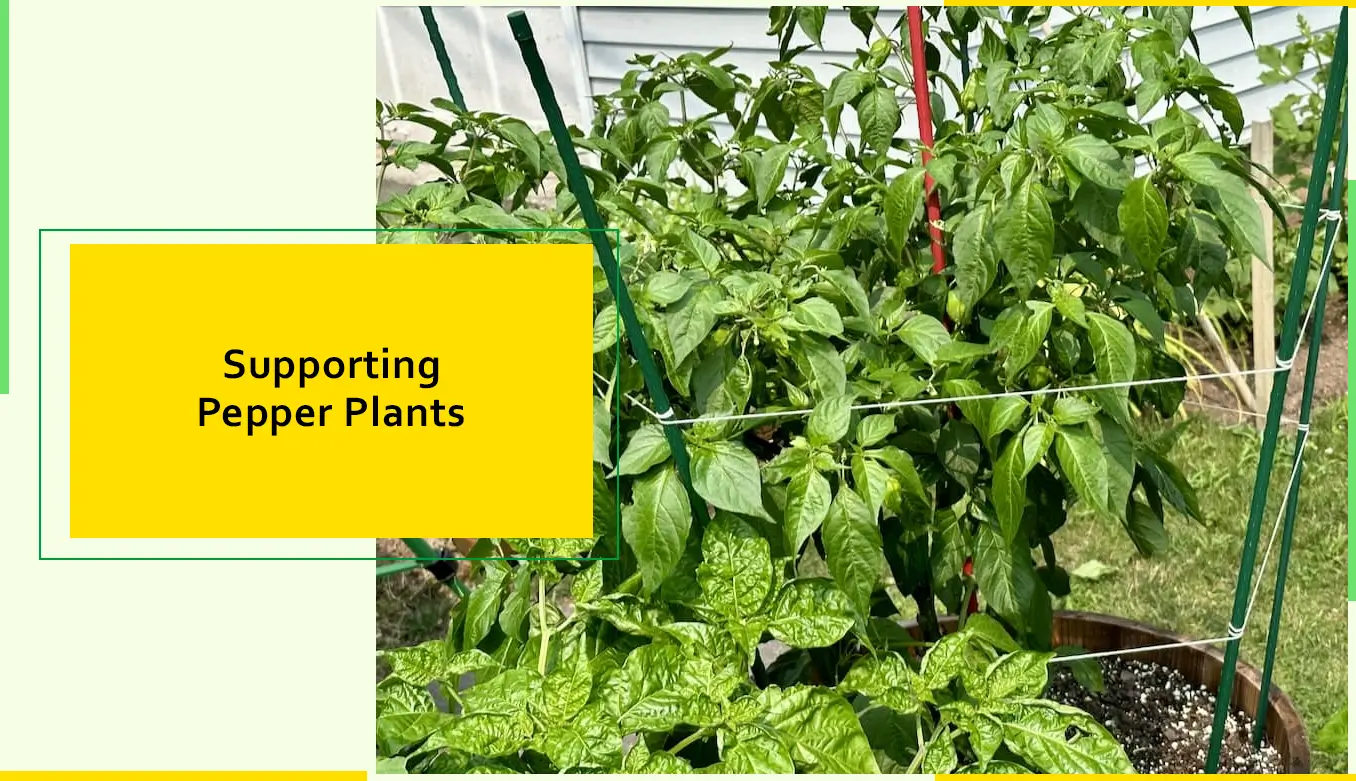
As your pepper plants mature and begin to produce fruit, provide them with the support they need to thrive and prevent damage from heavy yields. Choose from a variety of support options, including stakes, cages, or trellises, to keep plants upright and prevent sprawling. Install supports early in the growing season, before plants become top-heavy with fruit, to avoid damaging roots or disturbing established plants. Secure plants gently to supports using soft ties or garden twine, allowing room for stems to expand as they grow and preventing abrasion or damage to delicate foliage. Train plants to grow vertically by gently guiding stems towards supports and securing them in place as they grow, promoting better airflow, sunlight penetration, and fruit development.
Harvesting Peppers
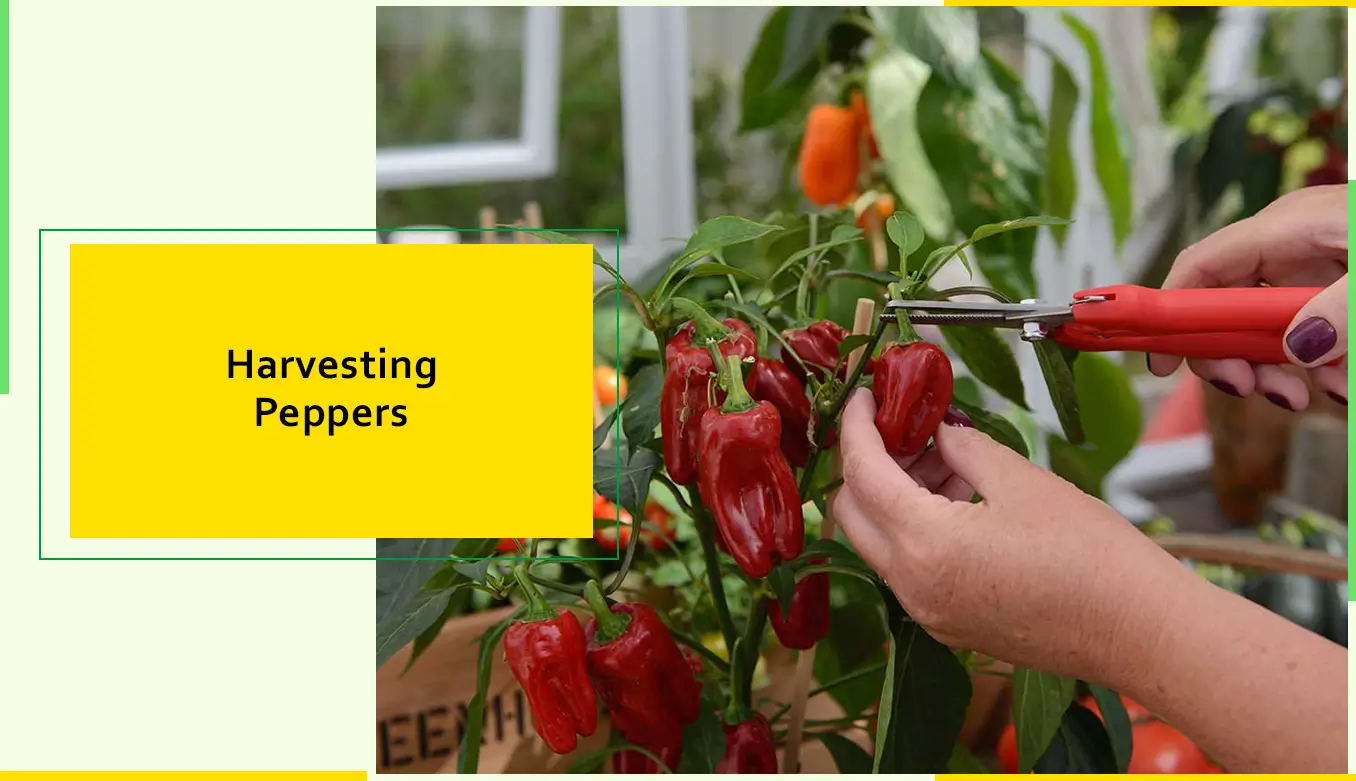
The moment of truth arrives when your peppers reach peak ripeness, signaling it’s time to harvest and enjoy the fruits of your labor. Monitor plants regularly for signs of maturity, such as vibrant colors, firm texture, and glossy skin, indicating readiness for harvest. Use sharp scissors, pruning shears, or garden snips to carefully remove peppers from plants, cutting them from the stem without damaging surrounding foliage or stems. Harvest peppers regularly as they ripen to encourage continued fruit production and prevent overripening or spoilage. Store harvested peppers in a cool, dry place away from direct sunlight, or preserve them by freezing, drying, or pickling for future use in your favorite recipes.
Conclusion
Congratulations on mastering the art of growing peppers in pots! Armed with the knowledge, skills, and tips shared in this comprehensive guide, you’re well-equipped to embark on your own pepper-growing adventure and enjoy a bountiful harvest of flavorful peppers right in your own backyard or balcony. Whether you’re a seasoned gardener or a novice enthusiast, there’s nothing quite like the satisfaction of nurturing your own homegrown produce and savoring the fruits of your labor. So roll up your sleeves, get your hands dirty, and let the magic of pepper gardening inspire you to cultivate abundance, flavor, and joy in every season.

